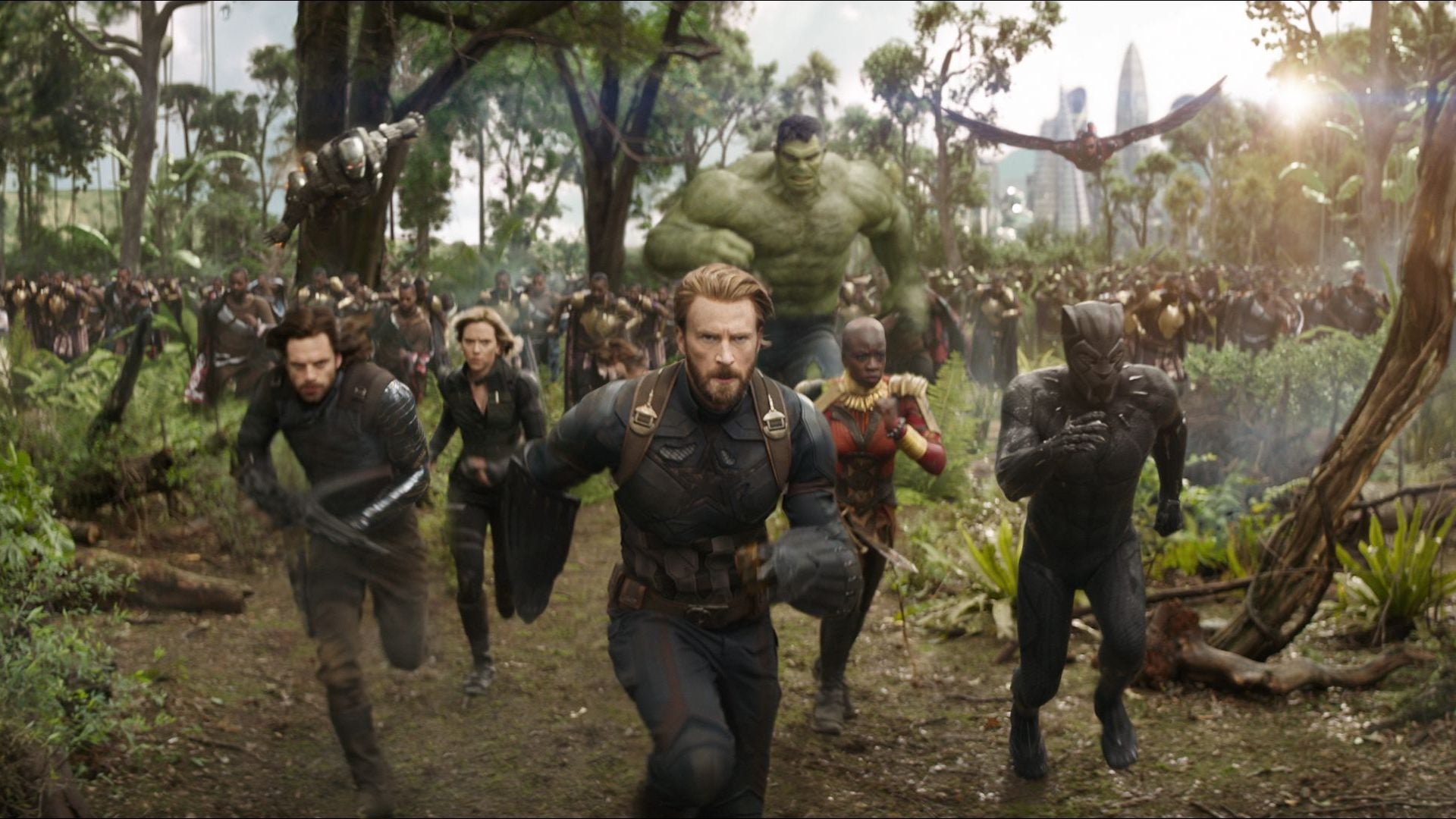Avengers became the biggest movie franchise in the world by acting like a TV show
Before Joe and Anthony Russo were the directors of some of the world’s highest-ever grossing movies, including the recent smash hit Avengers: Endgame, they were TV guys. After their first, credit card-backed, indie film, Pieces, the Russo brothers turned quickly to the world of serialized, small-screen storytelling: Arrested Development, Carpoolers, and Community, among others.


Before Joe and Anthony Russo were the directors of some of the world’s highest-ever grossing movies, including the recent smash hit Avengers: Endgame, they were TV guys. After their first, credit card-backed, indie film, Pieces, the Russo brothers turned quickly to the world of serialized, small-screen storytelling: Arrested Development, Carpoolers, and Community, among others.
It was this background, Anthony Russo told an audience today at the Milken Institute conference in Los Angeles, that helped the pair shoot Infinity War and Endgame back to back, an undertaking “about as difficult as you can imagine.” When producing television series, he said, you are constantly prepping, shooting, and editing simultaneously, with each phase of the production process taking place simultaneously around the clock. Shooting the last two Avengers movies was similar. “We had the training from TV to do that,” he said.
There are other similarities between TV and the Avengers films. Serialized storytelling, whether over weeks, months, or years, builds multi-dimensional characters with complex, serpentine backstories. It’s one reason why, Anthony Russo said, “audiences have such a depth of emotion” for characters they may have known, and loved, for decades. In producing TV shows, he explained, you must track large numbers of characters over multiple years, pull threads through from one season to the next, and scatter Easter eggs far and wide for fans to find and exclaim over. The Avengers franchise does exactly the same thing.
Some of these characterizations hold less true in the age of video-on-demand, where relationships with characters may be briefer and more intense. The ingestion of an entire season over a single weekend resembles a fling far more than it does a marriage.
The Russos’ most successful work in television predates the streaming age, to a time when 5 million US residents might well set aside their Thursday night for the latest episode of a 22-minute sitcom. Today’s viewers can watch their favorite show on any device at any time that is convenient, but the original fans of Community or Arrested Development had no choice but to watch en masse: piled into the living room, clustered around the television, phone off the hook. (Nowadays, such schedule-clearing is almost exclusively reserved for Game of Thrones.) It’s a collective experience of this ilk, Joe Russo said, that draws audiences into movie theaters. You can’t get that same shared intake of breath, laughter, and applause at your home.
Before about 10 years ago, movies were released on a staggered basis around the world, according to individual nations’ vacation time or national holidays. More recently, Anthony Russo said, it’s become crucial to release big-hitters like Avengers at the same time everywhere. Conversations that once took place the morning-after, around the office water-cooler, now take place online via social media—and everyone’s invited. Simultaneous release may be hard to achieve, but “it’s critical because of that collective experience that everyone’s having.”